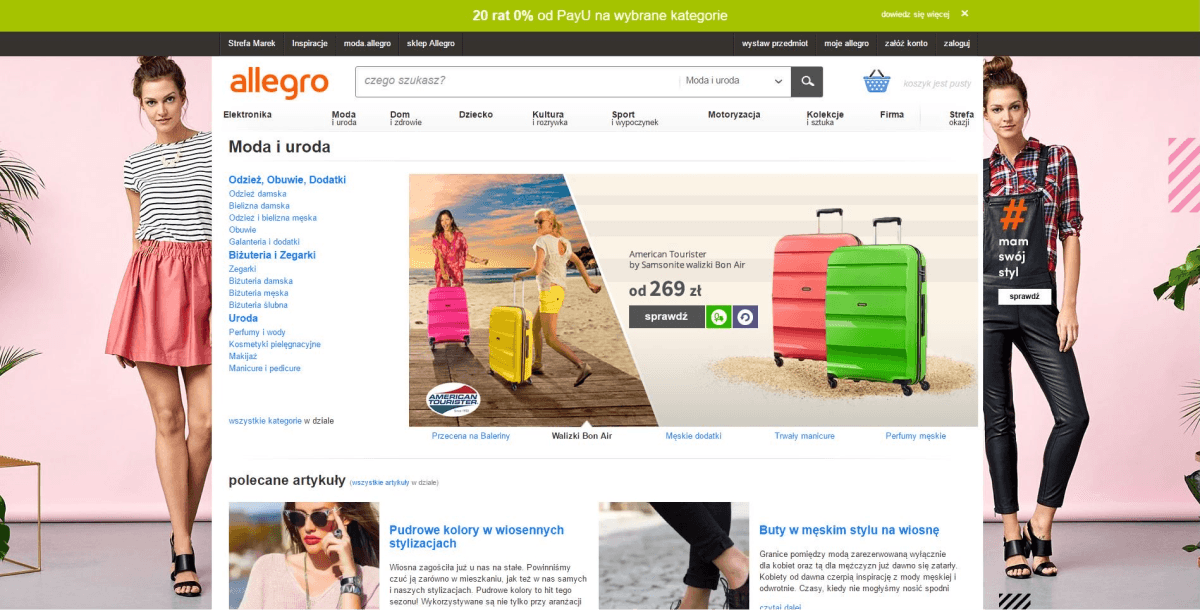Case StudyStream Team: Conducting Primary Generative Research - Leveraging Mixed Methodologies for Enhanced UX Research
Allegro, a leading online marketplace in Poland, faced challenges in gaining comprehensive insights into user behavior and preferences. Relying solely on traditional UX research methods often resulted in a fragmented understanding of user needs. This limited perspective hindered the development of user-centered solutions and impacted the overall effectiveness of their product development efforts.

The Solution
Allegro, under the leadership of Alina Magowska, Head of UX Research and UX Analytics, implemented a mixed-methodologies approach in their UX research. The strategy focused on several key components:
- Combining Qualitative and Quantitative Methods: The team integrated qualitative methods (such as user interviews, ethnographic studies, and usability testing) with quantitative methods (such as surveys, analytics, and A/B testing) to gather both in-depth and broad insights.
- Iterative Research Process: Research activities were conducted iteratively throughout the product development cycle, allowing continuous refinement of hypotheses and validation of design decisions.
- Cross-Disciplinary Collaboration: Researchers collaborated closely with designers, developers, and product managers to ensure that research findings were effectively translated into actionable design and development decisions.
- Triangulation of Data: Data from multiple sources were triangulated to validate findings and ensure a more reliable and comprehensive understanding of user behavior and preferences.
- Stakeholder Involvement: Key stakeholders were involved in the research process to ensure alignment and buy-in, facilitating the integration of insights into strategic decisions.
Outcomes achieved
The adoption of mixed methodologies in UX research at Allegro led to several significant outcomes:
- Enhanced User Understanding: Combining qualitative and quantitative methods provided a richer, more nuanced understanding of user needs, behaviors, and pain points.
- Improved Product Design: Insights gained from the mixed-methodologies approach informed more user-centered design decisions, resulting in products that better met user expectations and requirements.
- Faster Iteration Cycles: The iterative research process allowed for quicker validation and refinement of ideas, accelerating the overall product development timeline.
- Greater Stakeholder Alignment: Involving stakeholders in the research process ensured that research findings were aligned with business goals and facilitated smoother implementation of insights.
- Increased Research Credibility: Triangulating data from multiple sources enhanced the credibility and reliability of research findings, building greater trust in the research process and outcomes.
